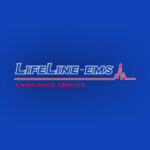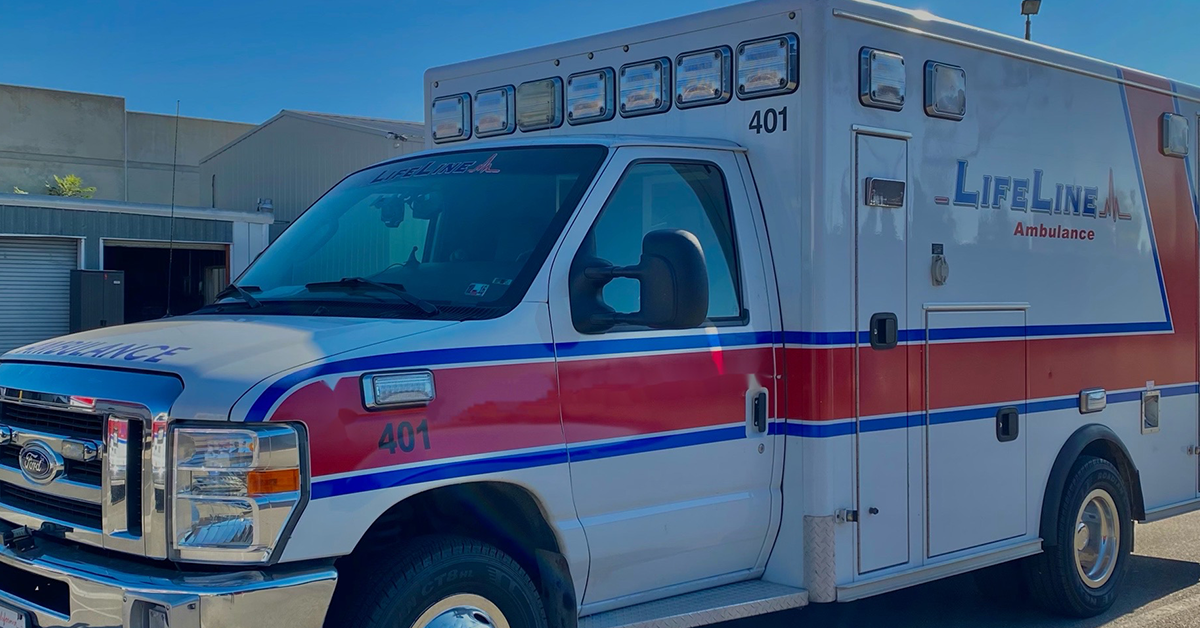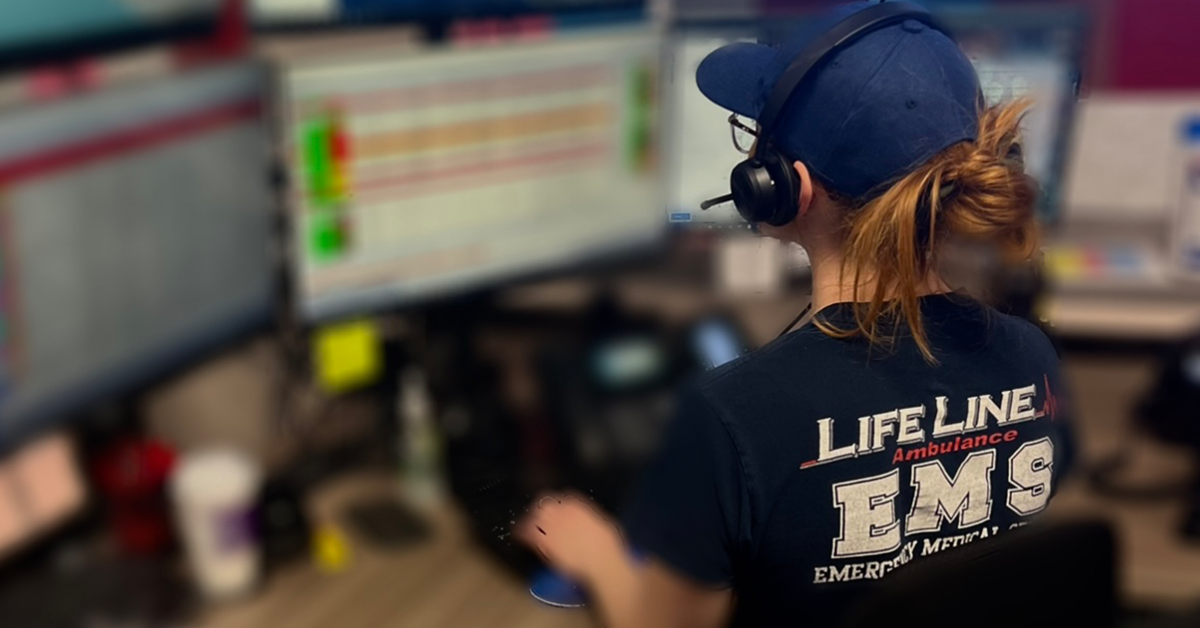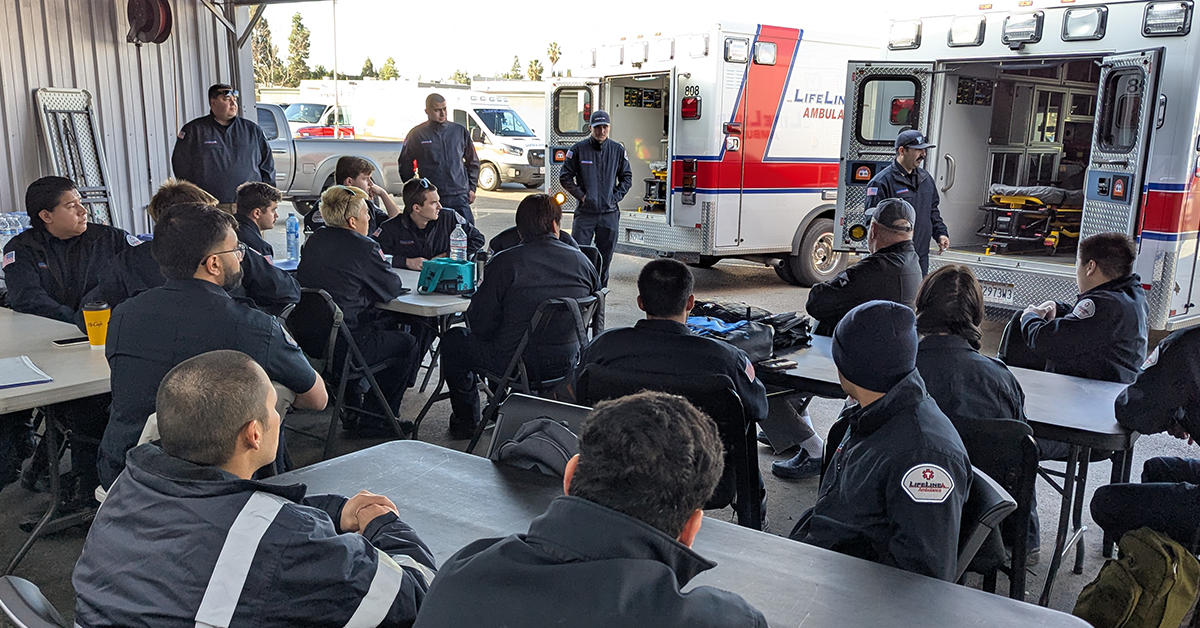When an emergency strikes, Emergency Medical Services professionals must be fully equipped with lifesaving tools and supplies. Ambulances serve as mobile emergency rooms, carrying a wide array of medical equipment designed to stabilize patients before they reach the hospital. Understanding the contents of an ambulance emergency medical kit can provide insight into the life-saving work of EMS teams, particularly in a high-demand region like Los Angeles and Southern California.
The Importance of Emergency Medical Kits in EMS
Emergency medical kits are essential for quick and efficient patient care. In an environment where every second counts, EMS providers rely on these kits to address medical emergencies ranging from trauma incidents to cardiac arrests. The supplies inside are meticulously organized to allow first responders to act swiftly in life-or-death situations.
What’s Inside an Ambulance? The ABCs of EMS Equipment
EMS kits are typically categorized based on their function. To simplify, we can break them down into the ABCs:
A – Airway and Breathing Equipment
One of the top priorities in emergency care is ensuring that a patient can breathe properly. Ambulances carry various tools to manage airways and support breathing, including:
- Bag-Valve Masks (BVMs): Used for manual ventilation of patients who are not breathing adequately.
- Oxygen Cylinders and Masks: Provide supplemental oxygen to patients with respiratory distress.
- Endotracheal Tubes (ET Tubes): Used for intubation to maintain open airways in critically ill patients.
- Suction Devices: Help clear obstructions such as blood, vomit, or mucus from airways.
B – Bleeding Control and Trauma Supplies
In cases of severe injuries, quick action is required to control bleeding and prevent shock. EMS professionals carry:
- Tourniquets: Used to stop life-threatening limb bleeding.
- Hemostatic Dressings: Special bandages that promote clotting.
- Trauma Shears: Heavy-duty scissors used to cut through clothing and bandages.
- Splints and Immobilizers: Stabilize fractures and spinal injuries.
- Burn Dressings: Sterile coverings that protect burn wounds and help with pain relief.
C – Cardiac and Circulatory Support
Heart-related emergencies require specialized equipment to monitor and stabilize patients. Key tools include:
- Automated External Defibrillators (AEDs): Essential for resuscitating patients experiencing cardiac arrest.
- Electrocardiogram (ECG) Monitors: Used to assess heart rhythms and detect abnormalities.
- IV Fluids and Infusion Sets: Provide hydration and medication delivery during transport.
- Blood Pressure Cuffs and Stethoscopes: Standard tools for vital sign assessment.
Medications Carried in an Ambulance
EMS professionals must administer medications to stabilize patients before hospital arrival. Common emergency medications include:
- Epinephrine: Used for severe allergic reactions (anaphylaxis) and cardiac arrest.
- Naloxone (Narcan): A life-saving medication used to reverse opioid overdoses.
- Albuterol: Administered via inhalers or nebulizers to relieve breathing difficulties in asthma patients.
- Nitroglycerin: Used for chest pain related to heart conditions.
- Pain Relievers and Sedatives: Given for trauma-related injuries and severe distress.
Pediatric Emergency Equipment
Caring for pediatric patients requires specialized equipment tailored to their size and needs. Ambulances carry:
- Pediatric-Sized Airway Equipment: Smaller intubation tubes and masks.
- Child-Friendly Immobilization Devices: Designed for young patients in cases of fractures or spinal injuries.
- Dosing Charts for Medications: Ensuring accurate medication administration for children.
Special Equipment for Los Angeles and Southern California EMS
EMS professionals in Los Angeles and Southern California must be prepared for unique regional challenges such as wildfires, earthquakes, and heavy traffic congestion. Additional equipment includes:
- Burn Treatment Kits: Due to the high risk of wildfire-related injuries.
- Earthquake Readiness Supplies: Includes extrication tools for structural collapses.
- Traffic Control Devices: Reflective cones and flares help manage emergency scenes on busy highways.
The Role of Advanced Life Support (ALS) vs. Basic Life Support (BLS) Ambulances
Not all ambulances are equipped the same way. In Los Angeles and Southern California, there are two primary types of ambulances:
- Basic Life Support (BLS) Ambulances: Staffed with EMTs and equipped for non-life-threatening emergencies.
- Advanced Life Support (ALS) Ambulances: Manned by paramedics and stocked with advanced medications, cardiac monitors, and airway management tools.
Keeping Emergency Kits Up-to-Date
Ensuring that ambulance kits remain fully stocked and ready for emergencies is a continuous process. EMS providers conduct routine inspections, replenish supplies, and replace expired medications.
Keep Reading
Want more? Here are some other blog posts you might be interested in.
In the high-stakes world of emergency medical services, clear and effective communication can mean the difference between life and death. EMS professionals...
Emergency Medical Services is an ever-evolving field that requires constant learning and adaptation. With medical advancements, technological innovations, and increasing public health...
Emergency Medical Services s a high-stress, physically demanding profession that requires dedication, quick decision-making, and resilience. While the rewards of saving lives...






